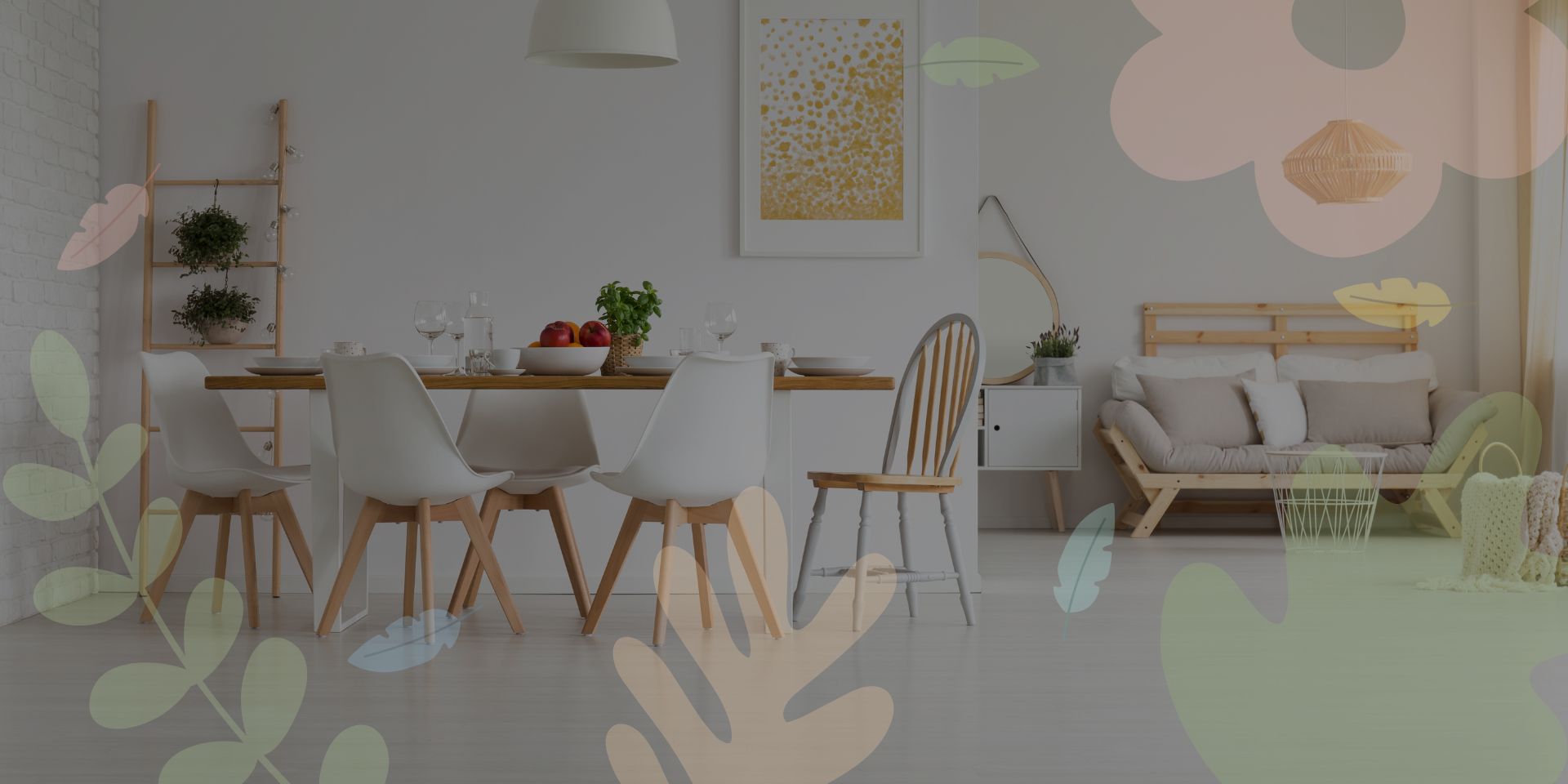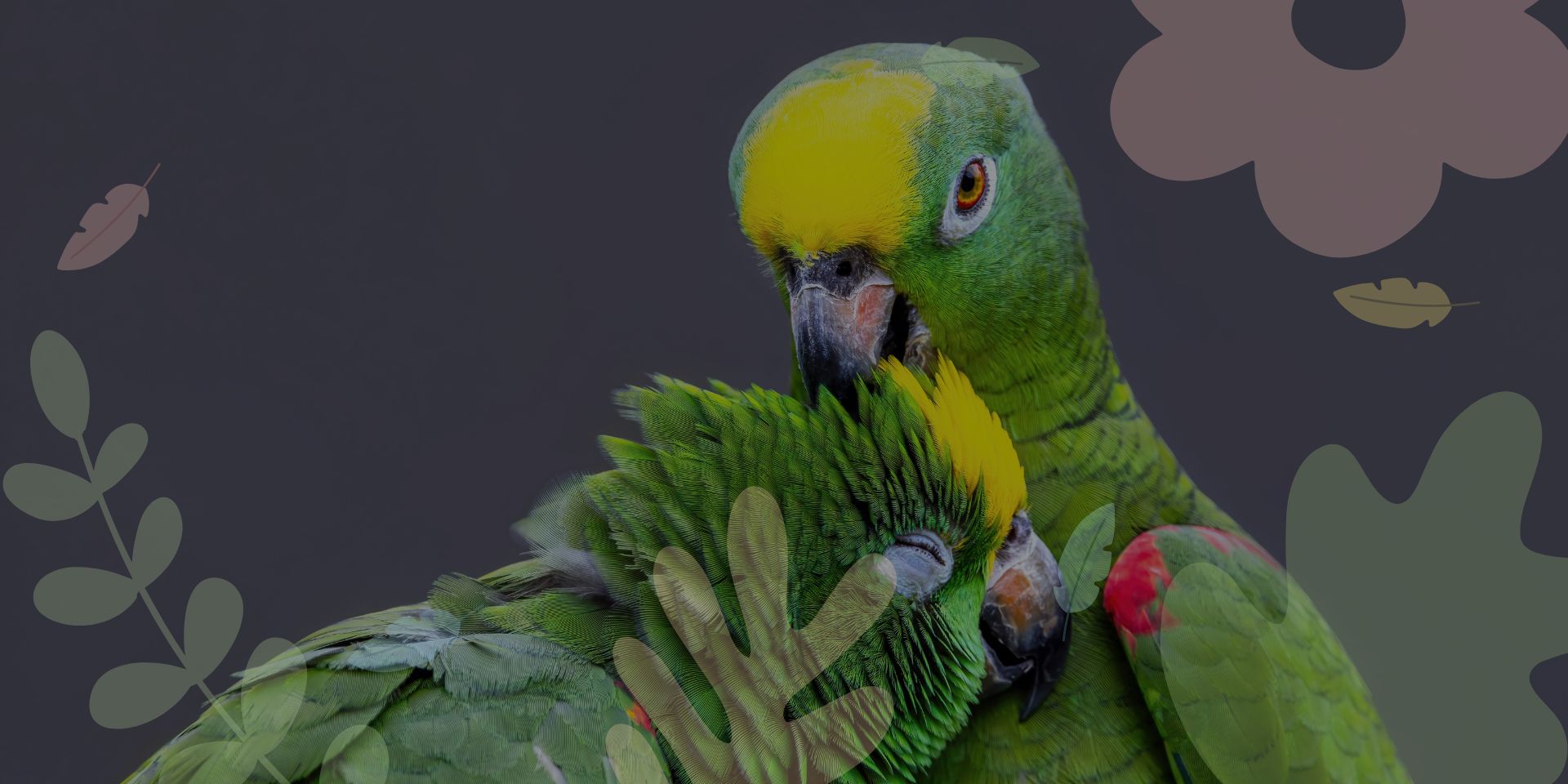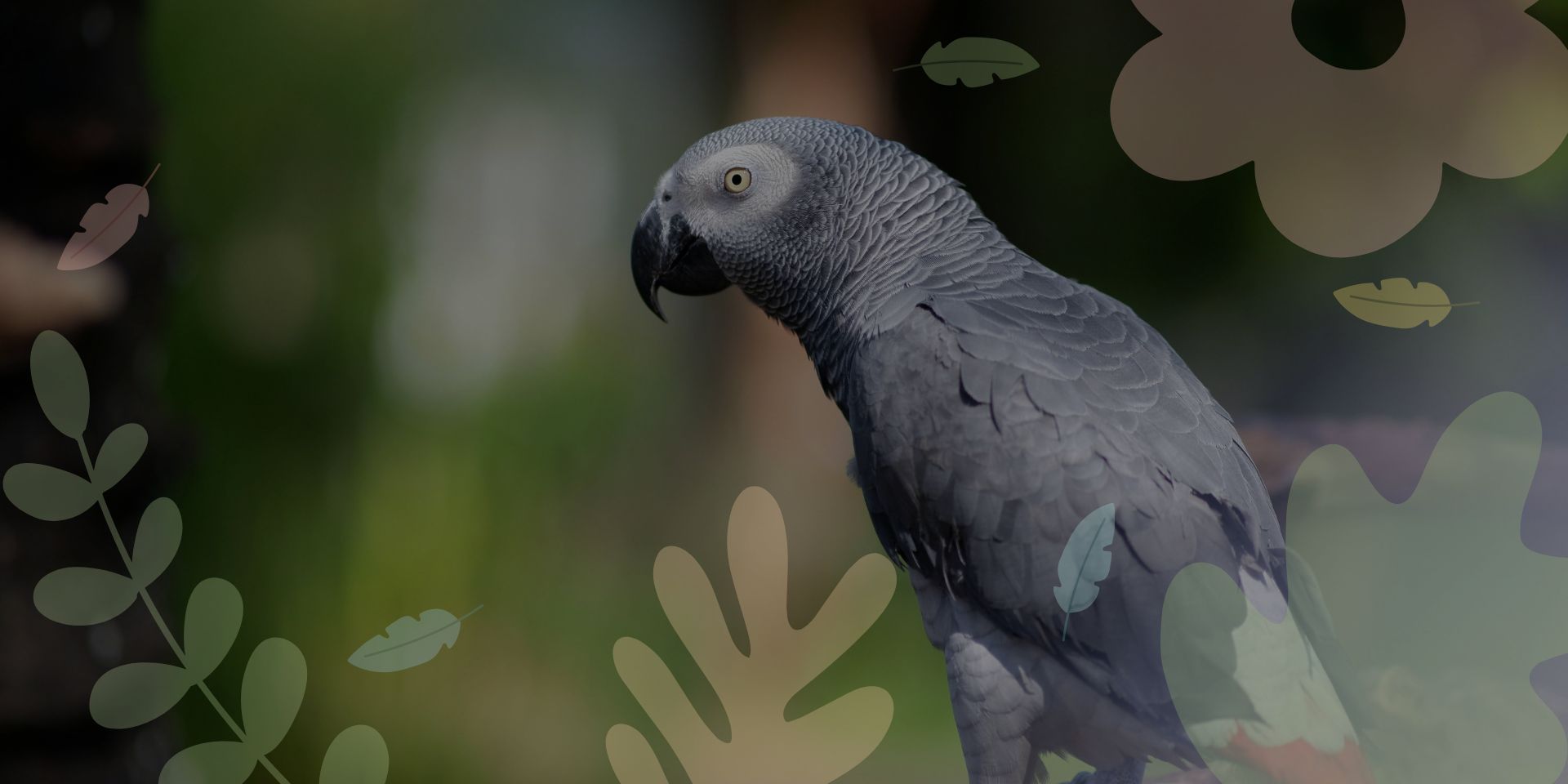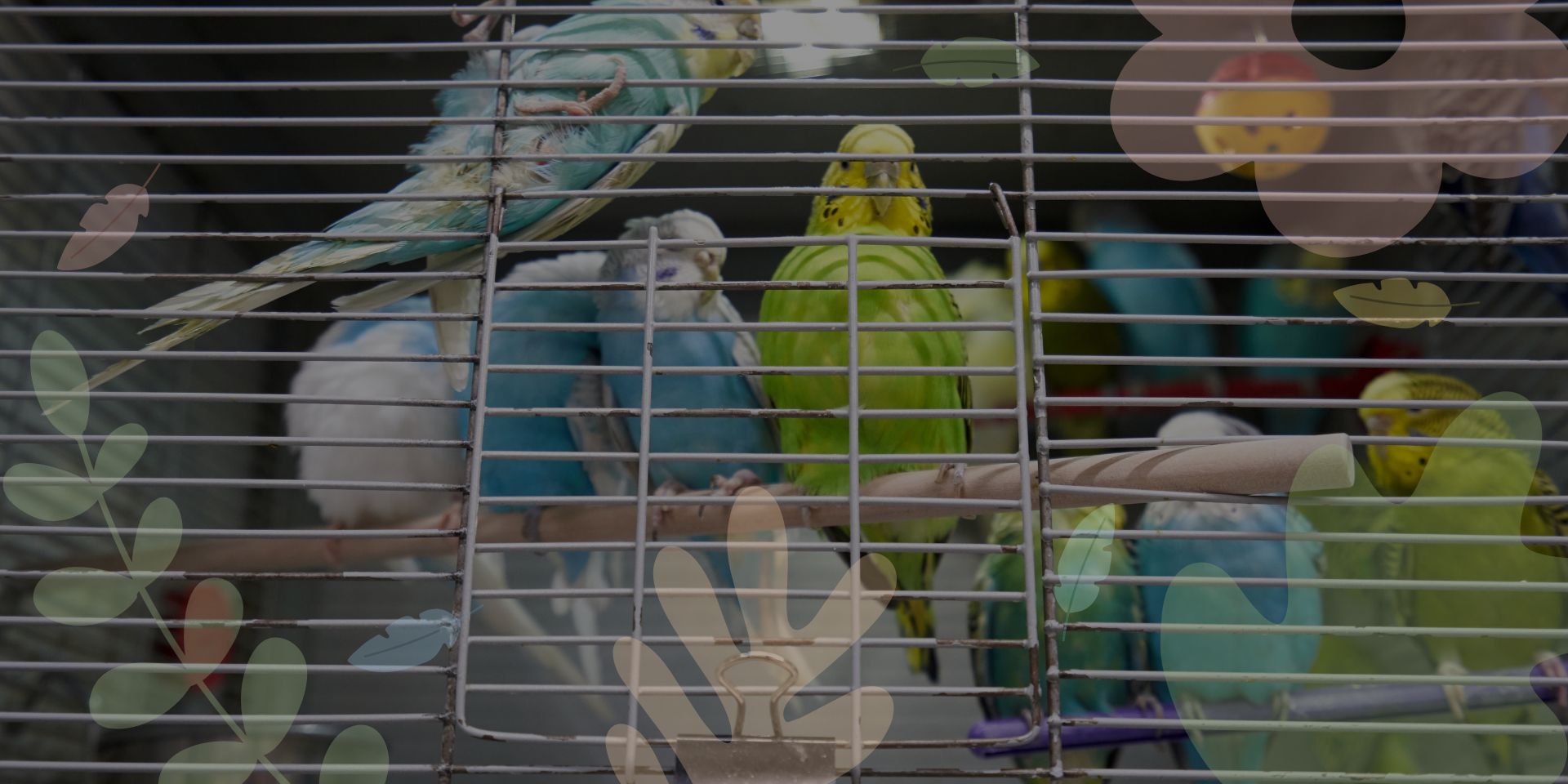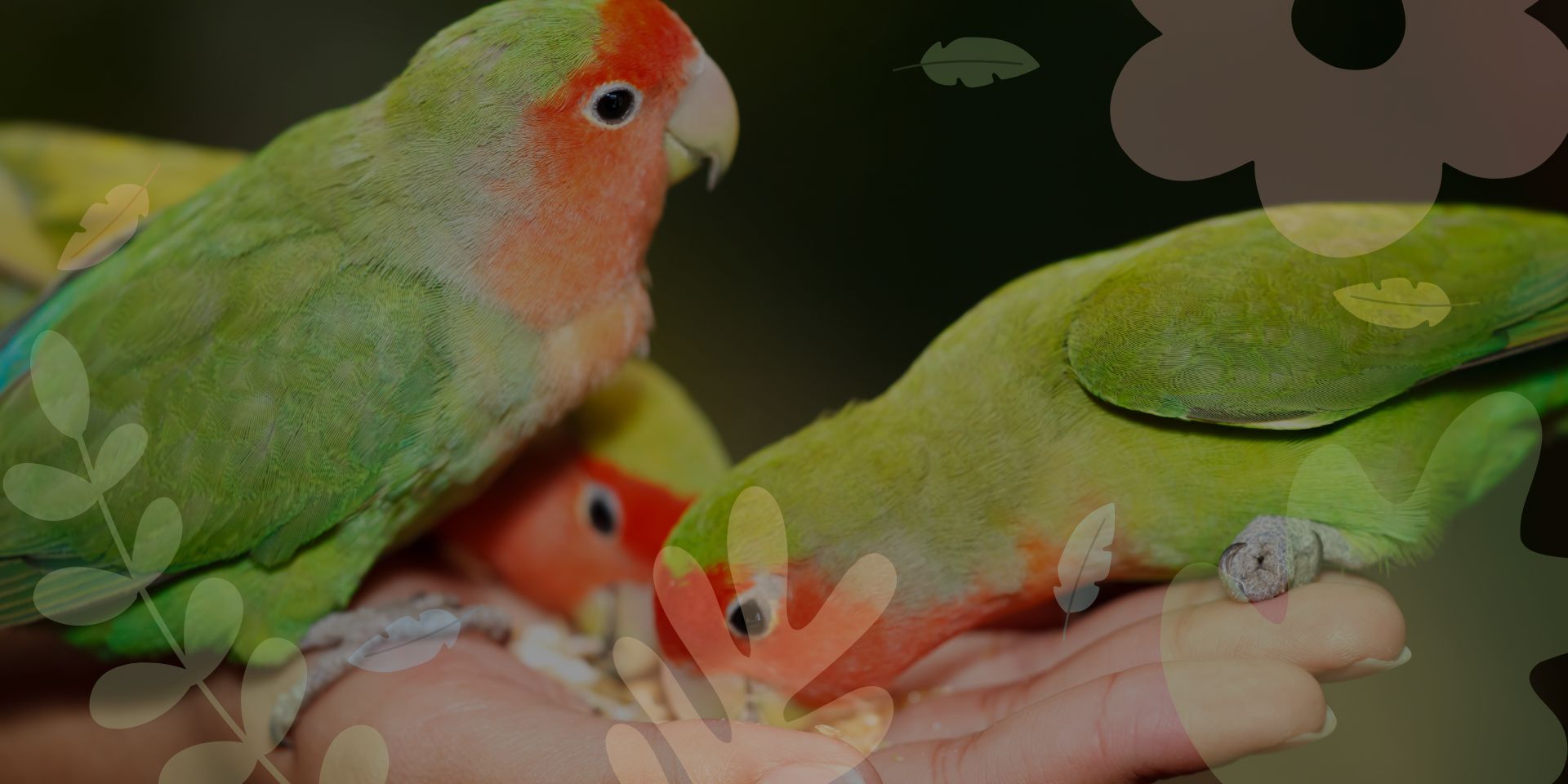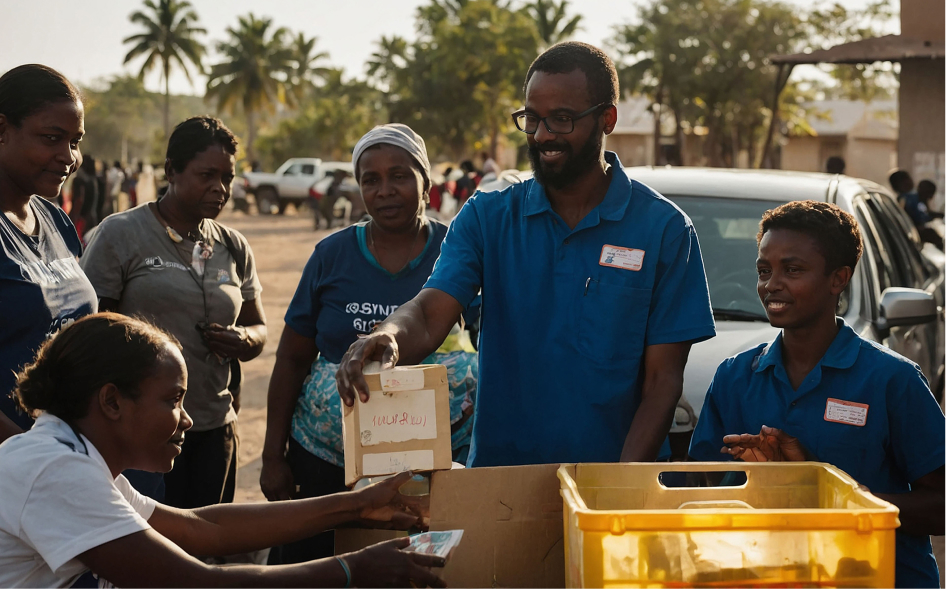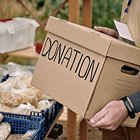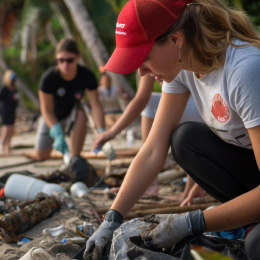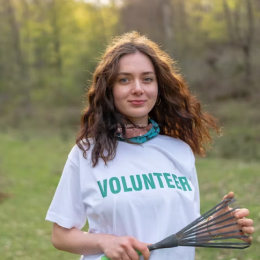Parrots make incredible companions. Their intelligence, playful antics, and affectionate nature bring a unique joy to pet ownership. However, parrots are naturally curious and can get themselves into trouble without the proper precautions. Parrot-proofing your home is essential to keep your feathered friend safe and happy. Here’s a comprehensive guide to help you create a safe environment for your parrot.
Where to Begin with Parrot-Proofing
Parrots are inquisitive creatures that explore their surroundings with their beaks, feet, and sometimes even their whole bodies. Their curiosity is endearing but can also be dangerous in a home setting. Let’s break down the essential steps to parrot-proof your living space.
Step 1: Choosing the Right Cage
A parrot’s cage is its primary sanctuary, so it’s vital to choose one that ensures their safety and comfort.
- Size Matters: The cage should be at least twice as wide as your parrot’s wingspan, if not larger. Smaller birds like budgies or cockatiels need smaller cages, while larger breeds like macaws or cockatoos require robust, spacious cages.
- Bar Spacing: Ensure the spacing between bars is appropriate for your parrot’s size to prevent them from getting stuck.
- Material: Opt for stainless steel cages, as they are durable, non-toxic, and easy to clean. Avoid painted or coated cages that can chip, as parrots may ingest harmful materials.
- Secure Doors: Parrots are clever and can learn to open doors, so make sure the cage has secure locks to prevent escapes.
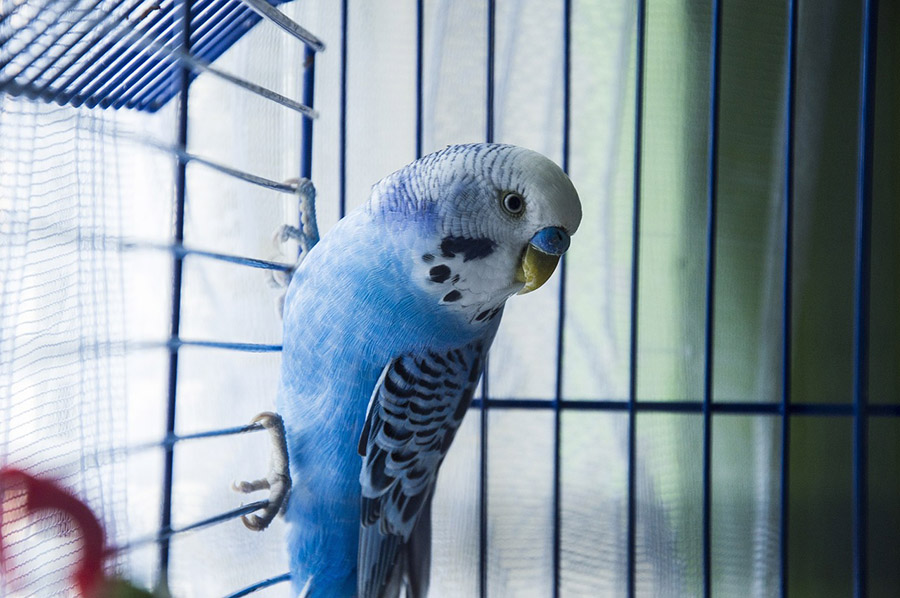
Step 2: Safeguarding the Living Room
The living room is often where parrots spend most of their time outside the cage. Here’s how to make it safe:
- Remove Toxic Plants: Many common houseplants, such as philodendrons, wisteria, and peonies, are toxic to birds. Research bird-safe plants before bringing any into your home.
- Protect Cords: Parrots may chew on electrical cords, mistaking them for toys. Use cord covers or keep cords out of reach to prevent electrocution or injury.
- Secure Doors and Windows: Install secure screens or ensure all doors and windows are closed when your parrot is out. Even trained parrots can get startled and fly off unexpectedly.
Step 3: Parrot-Proofing the Kitchen
The kitchen is one of the most hazardous rooms for parrots. To keep them safe:
- Avoid Non-Stick Cookware: Teflon-coated pans release fumes when overheated, which are lethal to birds. Switch to stainless steel, ceramic, or cast iron cookware.
- Restrict Access: Keep your parrot out of the kitchen when cooking to prevent accidents with hot surfaces, boiling liquids, or sharp objects.
- Dispose of Trash Securely: Parrots may rummage through trash and ingest harmful items. Use a trash can with a secure lid.
- Avoid Toxic Foods: Many human foods, including chocolate, avocado, caffeine, and onions, are toxic to parrots. Ensure these items are inaccessible.
Step 4: Keeping the Bathroom Off-Limits
The bathroom is a high-risk area for parrots and should be restricted:
- Chemical Hazards: Cleaning supplies are often stored in bathrooms and can be toxic if ingested or inhaled. Keep them locked away and out of reach.
- Water Dangers: Parrots are poor swimmers. Prevent accidents by keeping toilet lids closed and avoiding open water in bathtubs or sinks.
- Mirrors and Glass: Parrots may become disoriented or injured if they fly into mirrors or glass shower doors. Cover these surfaces if your parrot is out.
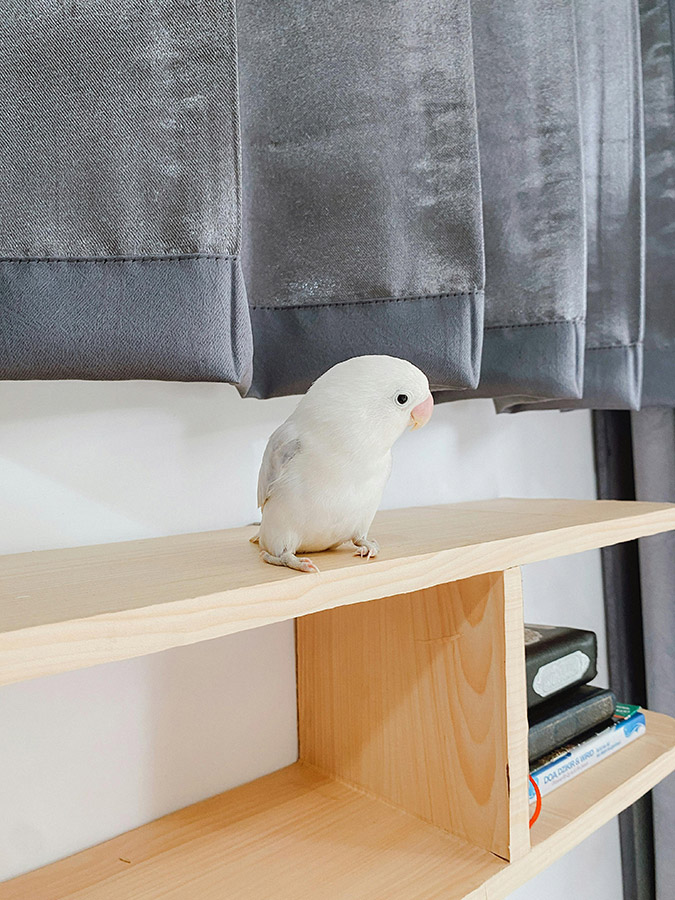
Additional Tips for Parrot Safety
- Supervised Out-of-Cage Time: Always supervise your parrot during their free-flying or roaming sessions to prevent accidents.
- Chewable Toys: Provide bird-safe toys to satisfy your parrot’s need to chew, keeping them occupied and away from hazardous items.
- Avoid Ceiling Fans: Turn off ceiling fans whenever your parrot is out to prevent collisions.
- Safe Lighting: Parrots are sensitive to smoke and strong odors. Avoid candles, incense, and air fresheners that may irritate their respiratory system.
Can You Take Parrots Outdoors?
Taking your parrot outdoors can be enjoyable, but it requires preparation. Never take your parrot outside without:
- A properly fitted bird harness, ensuring they cannot escape.
- A secure travel carrier for safety during transport.
Even with a strong bond, parrots can get startled by sudden sounds or movements, so precautions are essential.
Final Thoughts
Parrots are intelligent, loving companions, but their curiosity and sensitivity mean they require a carefully prepared home environment. By parrot-proofing your space, you’re ensuring their safety and paving the way for a long, happy life together. With a little effort and vigilance, you and your parrot can enjoy a secure and enriching environment for years to come.


